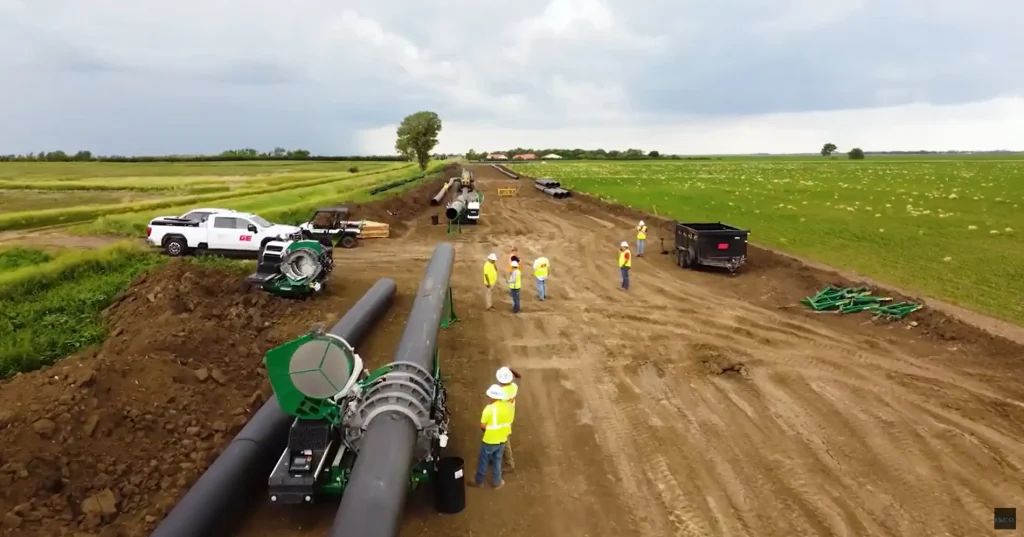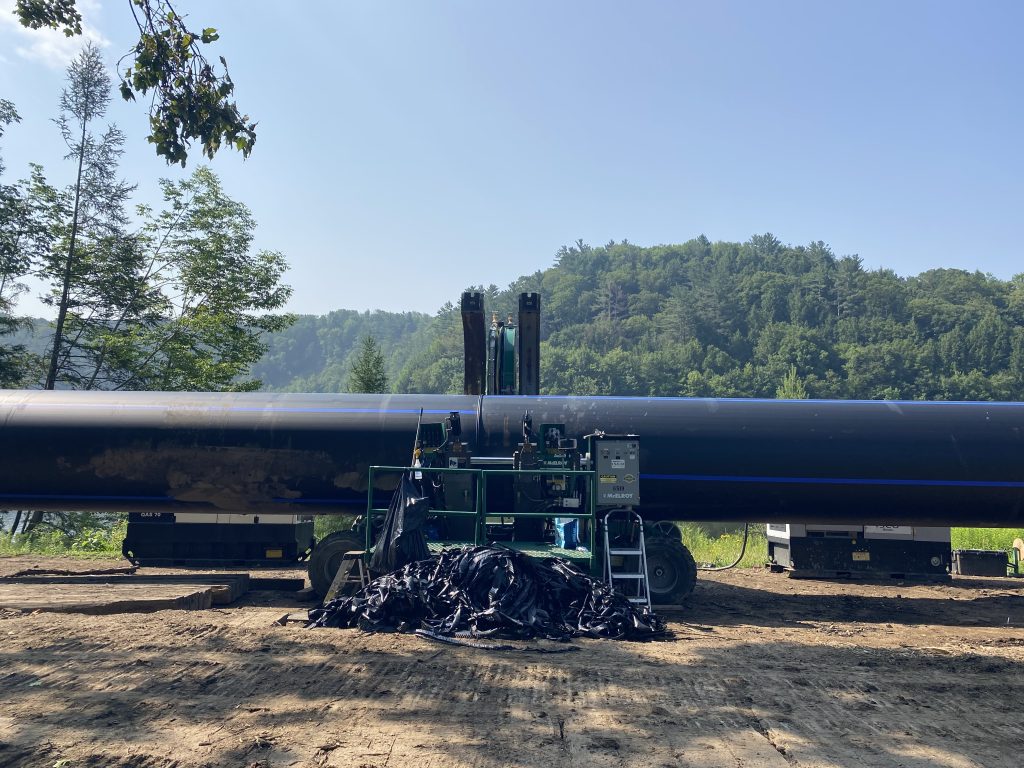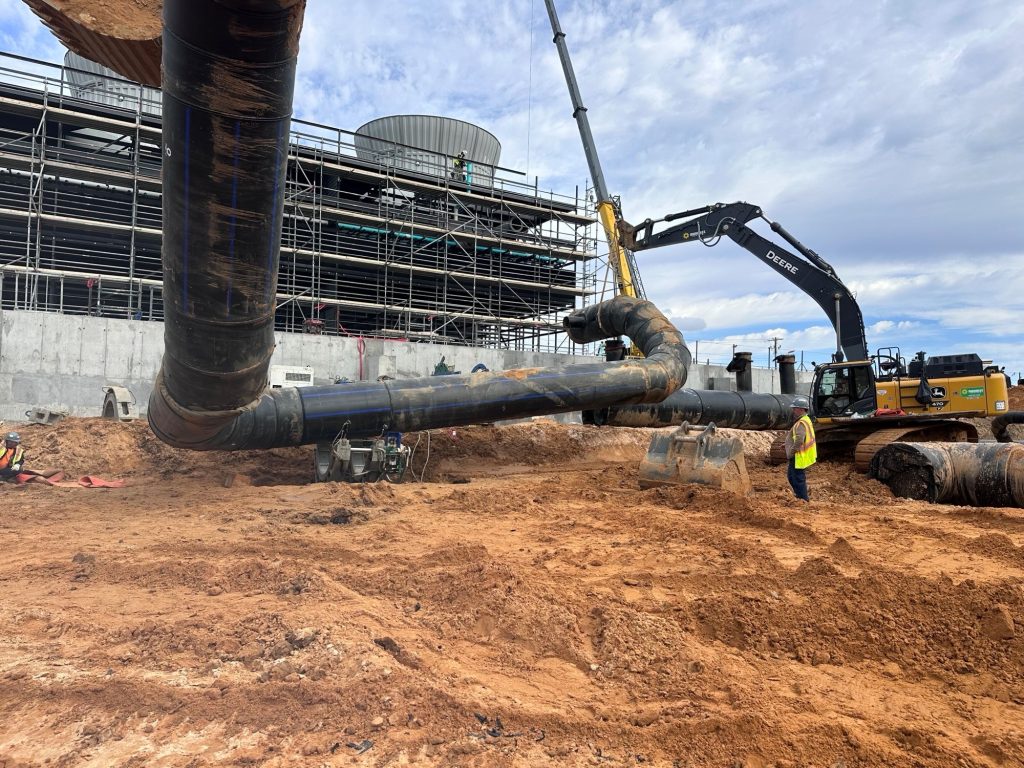Resources
Field Reports
Colorado Wood Culverts from the 1920s Relined with Snap-Tite® Pipe
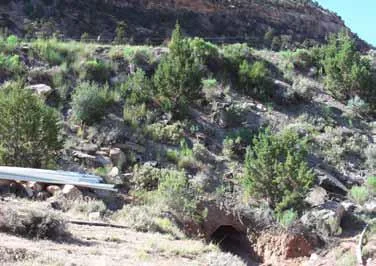
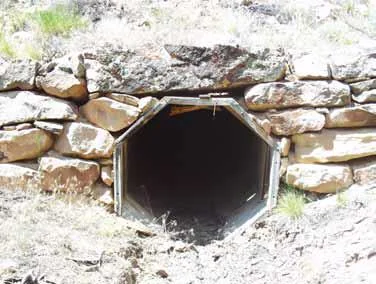
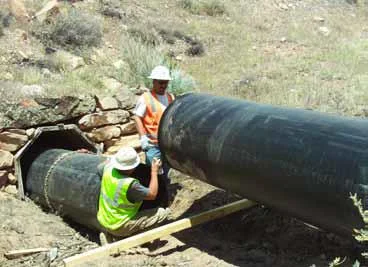
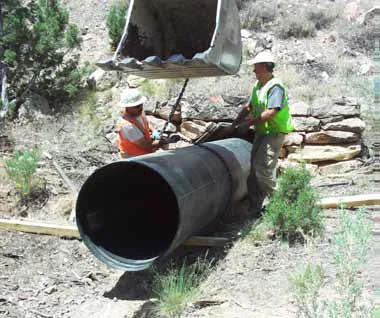
Background
Unaweep Canyon, located in Western Colorado, cuts across the Uncompahgre Plateau. It has a unique geography because it has two creeks that flow out opposite ends of the canyon, essentially creating two outlets. The East Creek and West Creek are separated by the Unaweep Divide, which is barely visible. The state Highway 141 runs through the canyon between Whitewater and Gateway, Colorado.
The Problem
The Colorado Department of Transportation (CDOT) was resurfacing and fixing parts of High- way 141 in Unaweep Canyon. Located south of Grand Junction up in Unaweep Canyon, there were four 36-inch octagonal wood culverts underneath a two-lane highway. These culverts were installed sometime in the 1920s and were completely worn. Leaving them “as is” for much longer meant the entire road could collapse. In addition, there was minimal access to the wood culverts because they were underneath about 60 feet of fill. Digging and replacing the culverts would be costly and force a shut down of the highway, which is the only road running through the canyon. The CDOT needed a no-dig solution that would allow them to repair the wood culverts without closing down the road during the project.
The Solution
Russ Wosk, Snap-Tite representative, worked with the CDOT to ascertain the best solution for rehabilitating the wood culverts. Instead of having to dig and replace, the CDOT chose to use the Snap-Tite culvert lining system.
The Snap-Tite system is made of high-density polyethylene (HDPE) pipe. Snap-Tite’s patented male/ female machining at each end of the HDPE allows the pipe ends to be ‘snapped’ together, piece-by- piece, and pushed into the full length of the existing pipe. The pipe liner is available in lengths from two feet to 50 feet, and is available for culverts with diameters from eight inches to 84 inches. However larger diameters are available on special request. Snap-Tite is also available in both round and oval diameters.
The project items Snap-Tite supplied included 100 feet of 36-inch and 107 feet of 48-inch round Snap-Tite pipe, as well as 172 feet of 30-inch oval Snap-Tite pipe. The contractor on the project was Mays Construction Specialties.
The Installation
There was no need to use specialty equipment on the project installation. To join the pipe, the contractor only needed to use a come-along and chains. Wosk was also onsite to assist the contrac- tor and answer any questions about the joining process.
For each of the culverts, one section of Snap-Tite pipe was slid inside the old culvert. Then the next section was snapped on using the come-along and chains. This process was repeated for each culvert until the liner was in place from end-to-end. Finally, grout was used to fill in any annular space between the old wood culverts and the new pipe liner.
The culvert reline was a success and after the project was completed, Mays Construction Specialties project manager Dwain Cook said, “Wow! That was a whole lot easier than I expected.”
